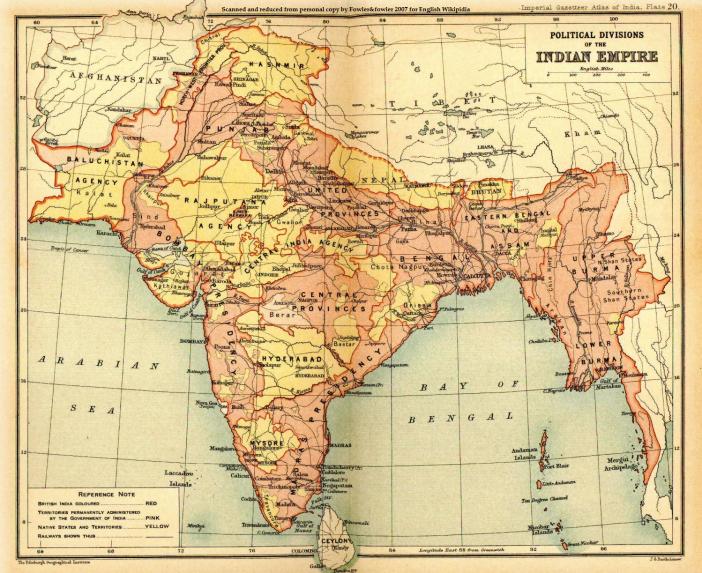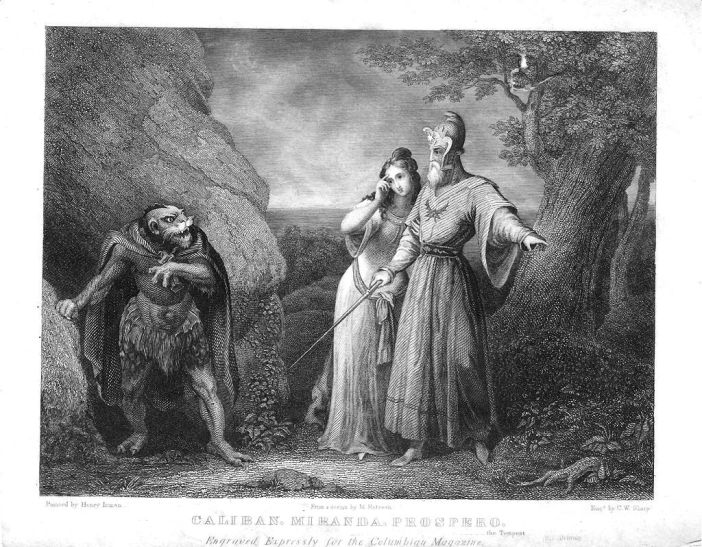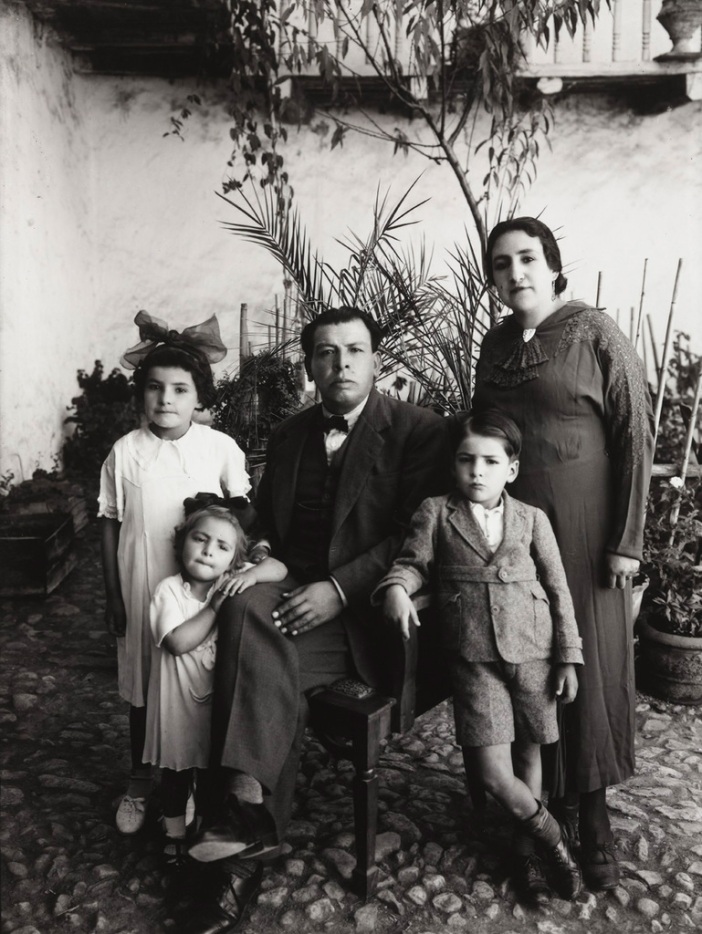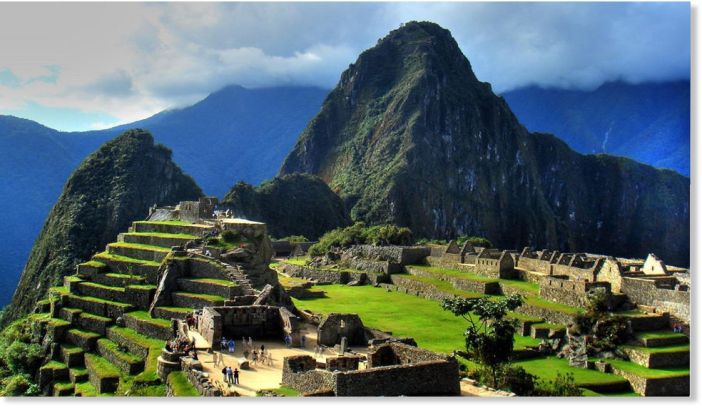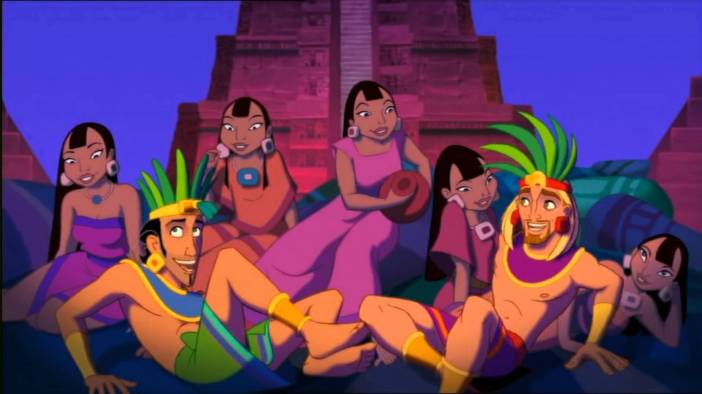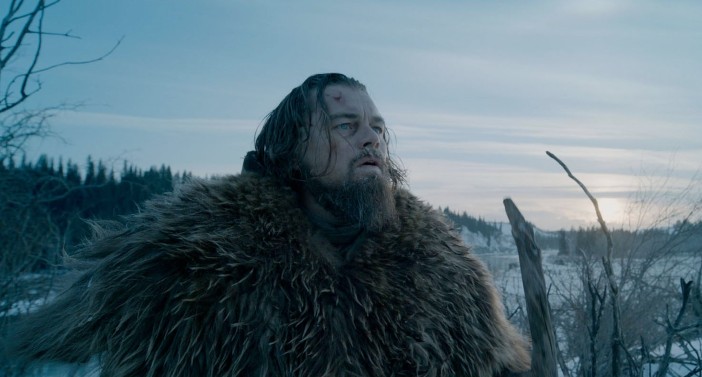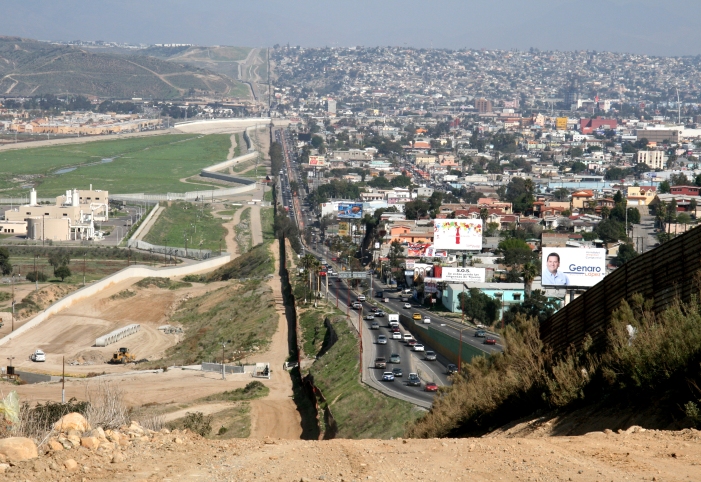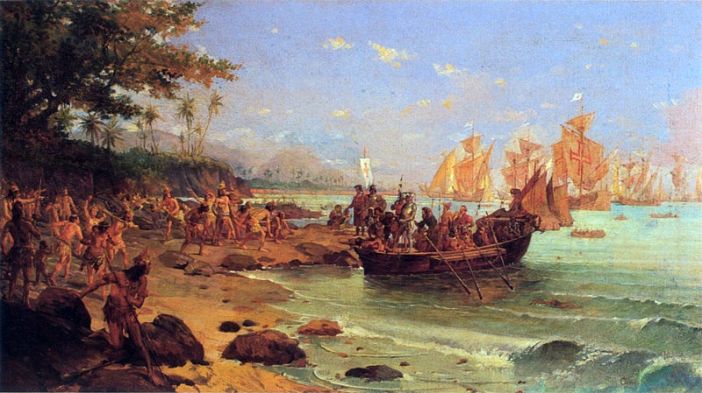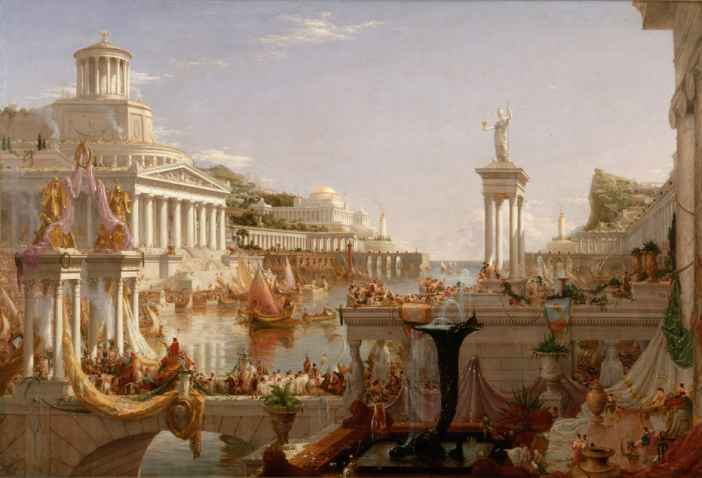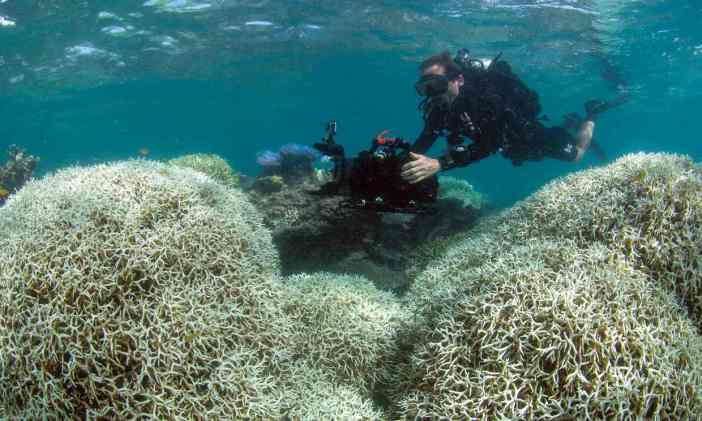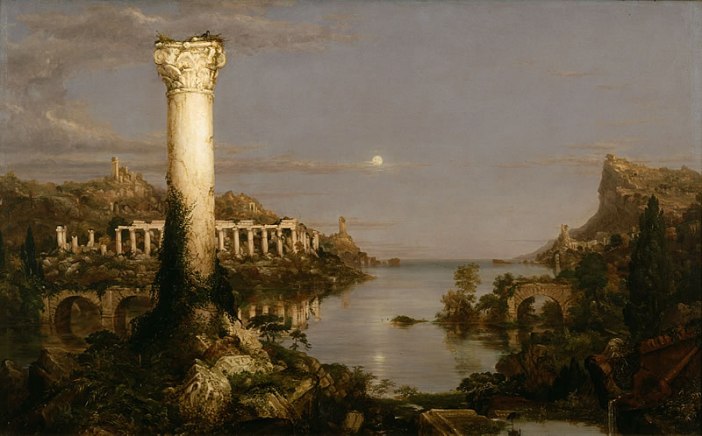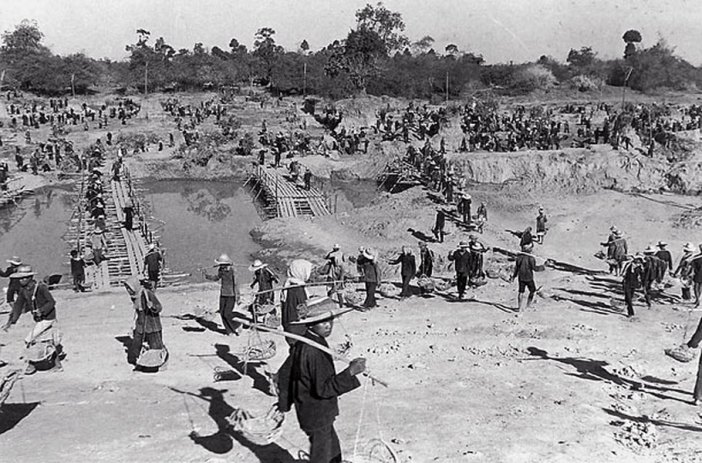
When one enters a war, one doesn’t really think of what happens after. How many people will be left without parents, the poverty, the psychological damage to the people involved in the war, and how it affects the world as a whole. Professor Vo explained that the Vietnam War for example was a war between democracy and communism fought with the Vietnamese as their soldiers, but the surrounding countries should have been safe from this war since it was supposed to be contained in Vietnam. However, this war is what started the horrors of the Cambodian genocide. No one thinks of the effects of war, but every cause has an effect.

The aftermath of this war still isn’t over, many Cambodians are being deported from the U.S back to Cambodia. Nearly 16,000 Southeast Asians have been deported since 1998, because of the Illegal Immigration Reform and Immigrant Responsibility Act (IIRIRA) which has a wide set of crimes that can be used as a means of deportation. This is problem for immigrants of Cambodia because they escaped war making them emotionally damaged and prone to violence. This was the case for Ched Nin, who was a Cambodian refugee that has now lived in Minnesota since he was 6. He lives here legally but he was arrested for assault and imprisoned for two years making him susceptible for deportation. He has already served his time, but he is still in the process of being deported. He has a family and a sick father and daughter that depend on him, but he won’t be able to help them if deported to a country he hadn’t step foot in since he was born in a refugee camp in Thailand. Chad Nin’s case is like that of many, of the 16,000 that were deported 78% were deported because of crimes they already served their time for.
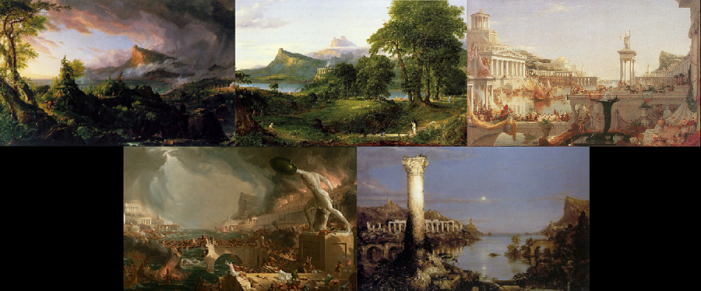
This is an example of the many effects of empire and war, and one of the many things that I learned in the course of Humanities Core. I learned so much history that really opened my eyes. I was one to say that history was my least favorite subject because I am bad at remembering dates, but that is not all of history. I have leaned about the Roman empire, the Incan empire, Shakespeare, Rousseau, race, paintings, film, and even how past empires and roles affect today. When we were first asked to define empire, I thought of ruins like those of the Mayans. Now when I think of empire, I can’t bring myself to come up with a definition because there are so many aspects of empire. I think of the roles made within each different empire, the ruins of fallen empires, and the empires of today. Empire is ever-changing and can’t be defined into a simple definition because past empires have shaped the empire we have built for ourselves. I am truly glad to have taken this course because I feel that I have leaned so much about the world today by looking at the past, it is true that history repeats itself and we need to learn about it to be sure not to commit the same mistakes. Hopefully our empire will resist ruin.
Sources:
Lee, Esther Yu Hsi. “The quiet deportation of Cambodian refugees you haven’t heard about.” ThinkProgress. ThinkProgress, 17 Oct. 2016. Web. 30 May 2017.
Vo. “The AfterLives of Empire”. 10 May 2017, Biological Sciences III, Irvine, CA
Word Count: 566
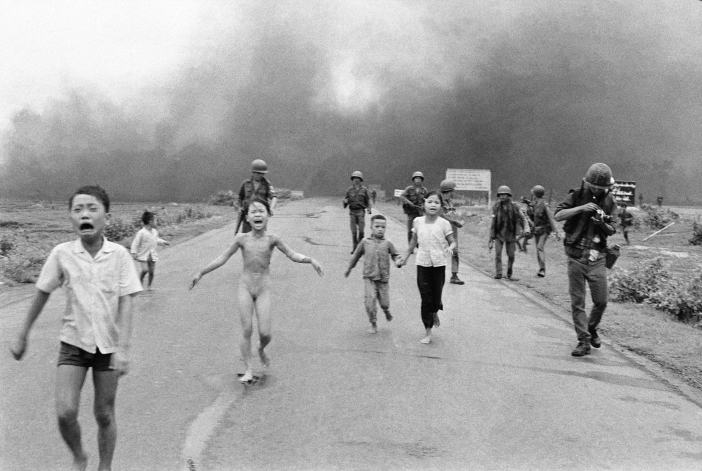
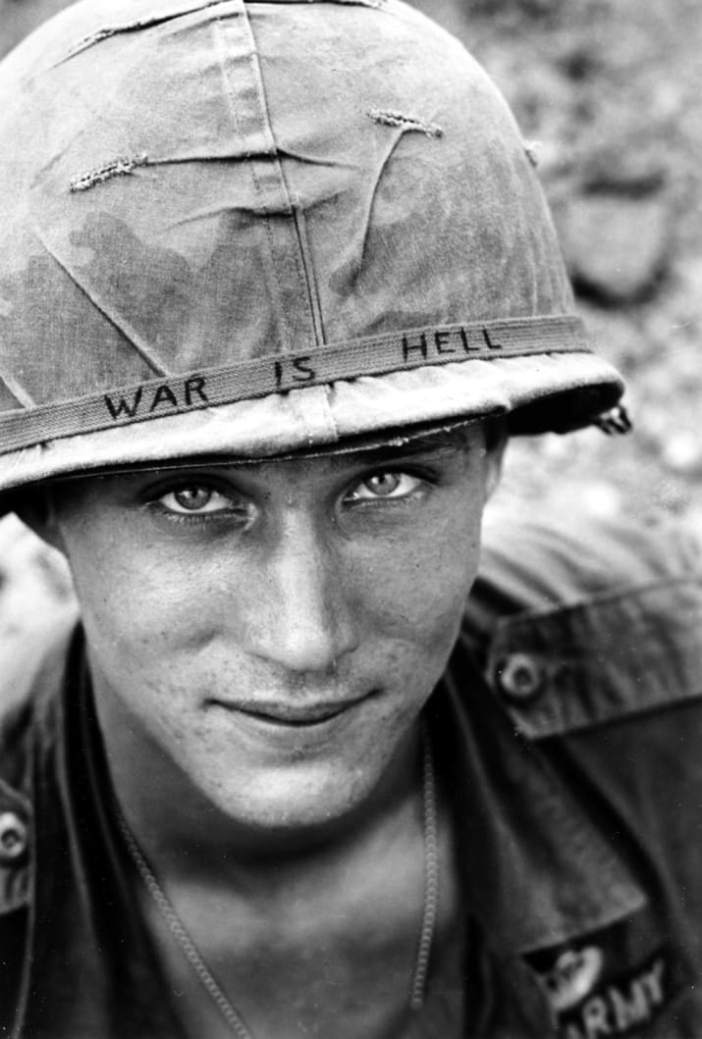

 National Geographic used to be a perfect example of ethnographic voyeurism (gaining pleasure from watching and learning about other cultures), because it would show the topless African women. They would showcase these topless women as if that was a way of learning about the entirety of their culture, but in reality men were becoming aroused by looking at these images. As Professor Block explained, if a young boy were to have bought a National Geographic magazine then he would be able to do so without the repercussions of being a completely sexually explicit magazine, like Playboy, but he still gets the same content. This allowed the African women to become sexualized because they showed their breasts although it was part of their culture and not sexual to them in the slightest bit. Nevertheless., this sexualization of cultures is also what enabled colonizers to shame Native Americans.
National Geographic used to be a perfect example of ethnographic voyeurism (gaining pleasure from watching and learning about other cultures), because it would show the topless African women. They would showcase these topless women as if that was a way of learning about the entirety of their culture, but in reality men were becoming aroused by looking at these images. As Professor Block explained, if a young boy were to have bought a National Geographic magazine then he would be able to do so without the repercussions of being a completely sexually explicit magazine, like Playboy, but he still gets the same content. This allowed the African women to become sexualized because they showed their breasts although it was part of their culture and not sexual to them in the slightest bit. Nevertheless., this sexualization of cultures is also what enabled colonizers to shame Native Americans.


